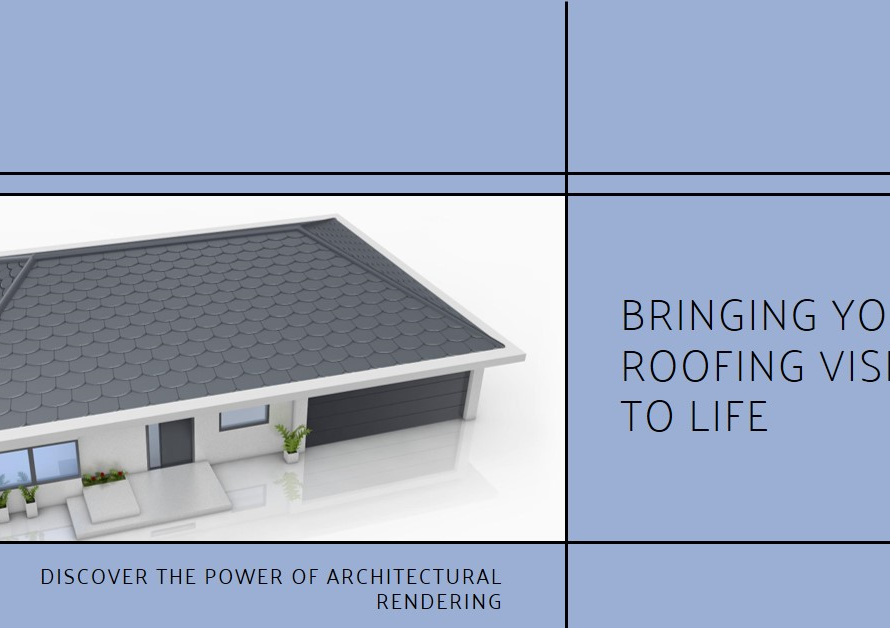
Table of Contents
Introduction: Paving the Path to Sustainable Structures
Green Building – The world is undergoing a profound transformation, where the clamor for sustainability echoes through every sector, particularly in construction. The Green Building Revolution has emerged as a beacon of hope in combating climate change and environmental degradation. This revolution entails a paradigm shift in architectural practices, where eco-friendly innovations are at the forefront of design and construction. From materials to methodologies, every aspect is scrutinized for its environmental impact, ushering in an era where buildings harmonize with nature rather than exploit it.
The Foundation of Sustainability: Eco-Conscious Materials
At the heart of the Green Building Revolution lies the utilization of eco-conscious materials. Traditional construction materials, such as concrete and steel, are notorious for their carbon footprint. However, innovative alternatives like bamboo, recycled steel, and cross-laminated timber are gaining prominence for their sustainability credentials. These materials not only reduce environmental impact but also offer comparable or even superior structural performance. Moreover, the integration of renewable materials fosters a cyclical approach to construction, where waste is minimized, and resources are replenished.
Architectural Ingenuity: Designing for Efficiency and Harmony
In the realm of architecture, sustainability is not merely a checkbox but a guiding principle. Architects are pioneering designs that prioritize energy efficiency, natural lighting, and passive heating and cooling systems. Concepts such as green roofs, which mitigate urban heat islands and promote biodiversity, are becoming commonplace. Furthermore, biophilic design, which incorporates nature into built environments, not only enhances aesthetic appeal but also fosters well-being and productivity among occupants. These innovative designs not only reduce environmental impact but also enhance the quality of life for inhabitants.
Technological Advancements: Revolutionizing Construction Practices
Technology is a driving force behind the Green Building Revolution, revolutionizing construction practices and methodologies. The advent of Building Information Modeling (BIM) facilitates precise planning, resource optimization, and waste reduction throughout the construction lifecycle. Similarly, 3D printing offers a sustainable alternative to traditional construction methods by minimizing material wastage and enabling complex geometries. Moreover, the rise of smart buildings equipped with sensors and automation systems enables real-time monitoring and optimization of energy usage, further enhancing efficiency and sustainability.


Community Engagement: Fostering Sustainable Societies – Green Building
The Green Building Revolution extends beyond individual structures to encompass entire communities and urban landscapes. Sustainable urban planning principles prioritize walkability, public transportation, and mixed land use, reducing reliance on automobiles and fostering vibrant, interconnected communities. Additionally, community engagement initiatives empower residents to actively participate in sustainable practices, from recycling programs to renewable energy cooperatives. By fostering a sense of ownership and responsibility, these initiatives catalyze collective action towards a more sustainable future.
Policy and Regulation: Catalyzing Change Through Legislation
Government policies and regulations play a pivotal role in accelerating the adoption of eco-friendly innovations in the construction industry. Incentive programs, such as tax credits and grants, encourage developers to invest in sustainable building practices and technologies. Furthermore, stringent building codes and standards mandate energy efficiency measures and renewable energy integration in new construction and renovations. By setting clear guidelines and incentivizing compliance, policymakers pave the way for widespread adoption of green building practices.
Economic Viability: Balancing Sustainability and Affordability
One of the common misconceptions surrounding green building is its perceived costliness. However, studies have shown that while upfront costs may be marginally higher, the long-term economic benefits far outweigh the initial investment. Energy-efficient buildings incur lower utility bills, while sustainable materials often have lower maintenance requirements and longer lifespans, resulting in reduced operational expenses over time. Moreover, green buildings command higher resale values and rental premiums, offering attractive returns on investment for developers and property owners.
Global Impact: Scaling Sustainability on a Grand Scale
The impact of the Green Building Revolution transcends individual projects and borders, shaping the global landscape of sustainable development. International initiatives, such as the United Nations Sustainable Development Goals and the Paris Agreement, underscore the urgency of transitioning towards greener, more resilient built environments. Collaborative efforts between governments, businesses, and civil society organizations are driving innovation and knowledge-sharing, accelerating the dissemination of best practices and technologies worldwide.
Conclusion: Building a Brighter Future, One Brick at a Time
As we stand on the precipice of a climate crisis, the imperative to embrace sustainable practices in the built environment has never been more pressing. The Green Building Revolution offers a blueprint for a more resilient, equitable, and environmentally conscious future. By harnessing the power of eco-friendly innovations, we can mitigate climate change, preserve natural resources, and create healthier, more livable communities for generations to come. Together, let us embark on this transformative journey, building tomorrow’s world today, brick by brick, with sustainability as our cornerstone.



